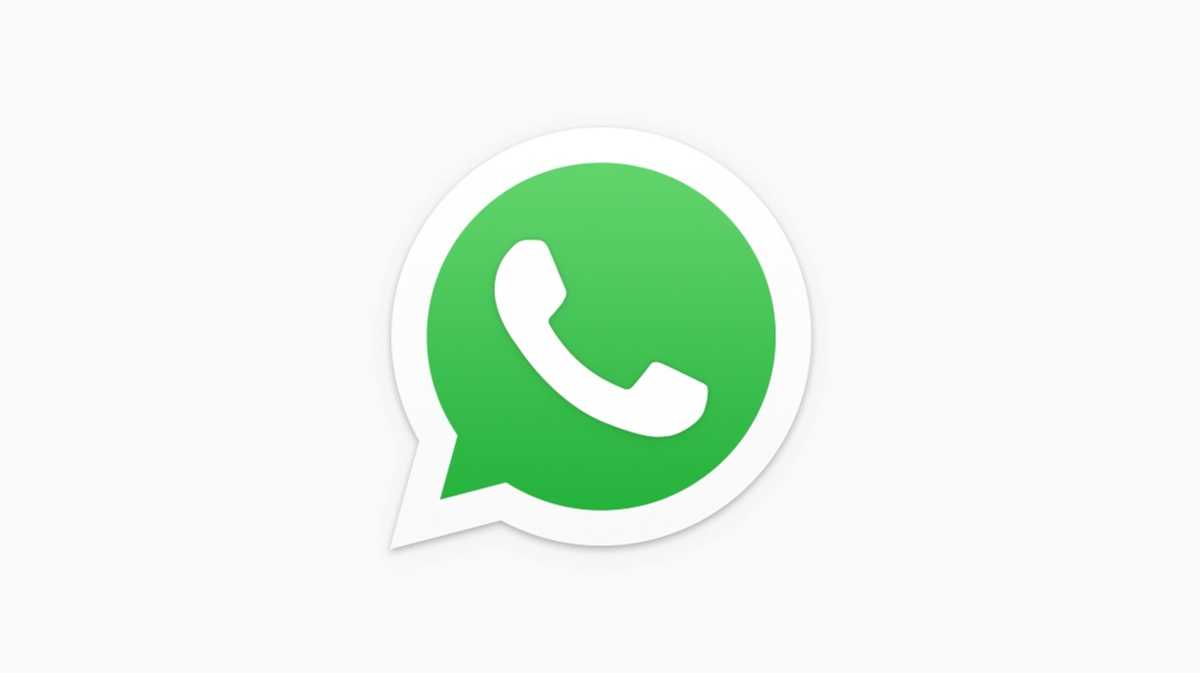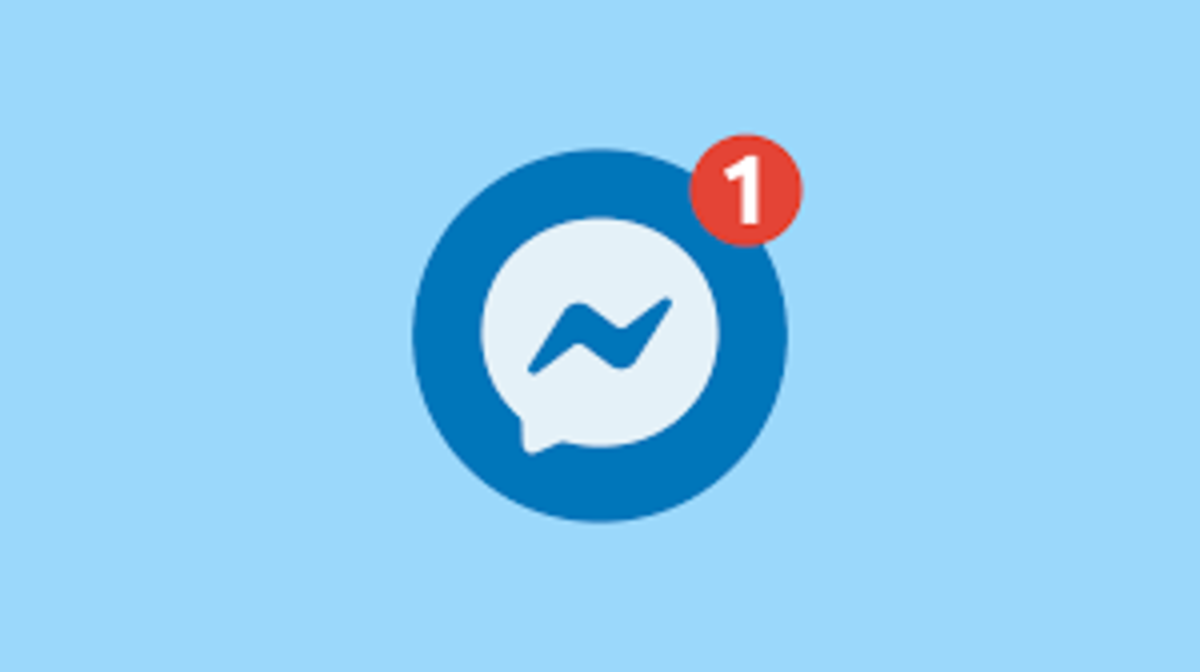WhatsApp is also compatible with many mobile phone brands and operating systems, with similar quality user experiences across Android, iOS, Windows, and other popular operating systems. Similarly, there is no service degradation between connecting on Wi-Fi or through cellular data, hence its popularity in both developed and developing countries. However, WhatsApp’s record on user data protection has been questioned regularly, especially since it was acquired by Meta. Despite using end-to-end encryption to improve security, the fact you don’t need a password to access its perpetually stored messages potentially exposes confidential conversations. The messenger is also accused of bombarding users with constant messages, especially as there are few controls pertaining to group notifications. With WhatsApp enjoying so much success in several countries across the world, it’s no surprise that it has so many rivals. So, which instant messaging apps are the best alternatives to WhatsApp? Let’s take a look.
Best WhatsApp Alternatives
1. WeChat
WeChat is a Chinese instant messaging app that also functions as a social media platform. With more than one billion registered users and about 450 million active daily visitors, WeChat has a burgeoning community that makes instant messaging and its other offerings a breeze. The app enables users to access easy, fast, and instant peer-to-peer messaging services that support text, video, and voice sharing. Besides its communication abilities, WeChat powers mobile shopping, online booking, and a multitude of other related services through one app, making it the most integrated multi-functional mobile app in the world. In many ways, the WeChat messaging service is most similar to both Snapchat and WhatsApp. The two messaging platforms have multiple communication formats, including support text messages, hold-to-talk voice messaging, one-to-many broadcast messages, video calls, and conferencing among others. However, the massive WeChat user base across 55 different countries gives it the edge over most competitors.
WeChat Pros
Over one billion monthly users Multiple uses on top of instant messaging Consumer-friendly interface Cheaper than traditional text messaging
WeChat Cons
Requires a working Internet connection Feeble privacy settings hence user data safety concerns Poor quality of customer support services
2. Facebook Messenger
The Facebook Messenger app is a free social messaging app that works alongside and in conjunction with Facebook, its networking sister app. The Messenger app enables users to connect and communicate in different ways and supports text messaging, phone calls, video calls, as well as voice and video messaging. The app allows its users to access their Facebook messaging system and view their messages without going through the Facebook app. It is, in many ways, a solution to reduce user dependency on and possible addiction to Facebook without losing a key mode of communication. This advantage is especially useful for people who do business through Facebook and its sister applications. Given how advanced the Facebook notification system is, Messenger users receive new message alerts even when not using the app. This is contrary to how other messaging apps work, requiring the app to be open to receive instant notifications.
Messenger Pros
Makes it easier and faster to chat Cheaper than normal texting Easier to collaborate with others Allows users to make calls Multiple features do not require added permissions
Messenger Cons
User privacy is not guaranteed Drains battery fast due to high resource consumption Restricts Facebook users to its offerings Choppy service at times
3. Snapchat
Like WhatsApp, Snapchat is an instant messaging app that lets users get started quickly and use it for free. However, Snapchat is an image-first messaging app that supports additional media formats. Similarly, while WhatsApp messages are available perpetually unless deleted by either user, Snapchat messages are made available to the recipient for a very short time, usually 10 seconds after they are opened, before the message is autodeleted. Still, the app’s core business remains zeroed on peer-to-peer communications. Today, however, the Snapchat Stories feature allows users to share public posts with a chronological lifespan of 24 hours, while the “Discover” has made it easy for users to find new content. Other major features include Snapcode, Score, Snapstreak, Trophy case, and many more.
Snapchat Pros
Easy to register and use Enables easy consumer-company communication Users can see their audience Less invasive promoted content Short content length is less addictive Promotes user creativity Builds and grows real friendships through chatting over posting status. Disappearing “snaps” enhance communication privacy
Snapchat Cons
The audience is highly limited Limited content or user analytics Content available for a limited time Less friendly interface compared to peers Not easy to add new friends Videos meant for vertical viewing only No option to share user content
4. Viber
Viber is a free instant messaging app that supports sending texts, sharing photos, and making cross-border phone calls. It facilitates easy and direct interaction between family, friends, colleagues, and more through its user-friendly interface and attractive design. According to C|NET, Viber is the most comprehensive messaging app in the world due to its seamless compatibility with different mobile operating systems, as well as a plethora of features. Today, the Viber app works with Android, iOS, Windows, and Blackberry OS systems among others. Other than making online calls, Viber users can make international calls using their actual numbers so long as they both have the Viber app installed. The app also allows its users to add locations to their communications, share audio clips, emoticons, stickers, and other fun features of modern communication. As of 2021, Viber reported more than 1.1 billion users from over 190 countries around the world. Of this, Viber served more than 820 million active monthly users, with each averaging approximately 30 messages per day.
Viber Pros
No user registration needed Unlimited free texts, voice, and video calls to other Viber users Supports group text messages Cheaper off-platform calls than its peers
Viber Cons
Restricts peer-to-peer file-sharing Hard to access newer versions on some mobile devices Tough to recover old data after reinstalling Viber
5. Kik
Used by about 300 million users around the world, the Kik messenger supports fast and secure communication between individual and group users. The app uses an end-to-end encryption service to secure messages and does not track users, their personal data, or messages transmitted through its servers. The Kik messenger also boasts numerous other benefits, including supporting multimedia messages and fun chat features like stickers, emojis, and GIFs, among others. Kik also supports sending of sketches, images, video, and voice files, among others, while users can also make direct calls. Contrary to most instant messaging apps, Kik users don’t have to share phone numbers during signup, with your email address enough to safeguard user privacy. Kik is also an online-only messenger that uses cellular data or Wi-Fi to connect to other Kik users. The Kik messenger specifically targets teenagers with its focus on data privacy and user anonymity, but this also makes it tougher to help kids who suffer cyberbullying or stalking.
Kik Pros
Easy to communicate through texts, voice, and video Kik has a huge user base Free to download and use Users can block or restrict select contact persons Better user interface and features than most messaging apps
Kik Cons
No control on which users to interact with Los of unsolicited messages and inappropriate content Rampant violation of community guidelines Frequent user account deactivations
6. Line
Line is a popular instant messaging tool that brings friends and families together through text, video, voice, and image sharing for free. The app works on multiple platforms and device operating systems, while Line users can run the app on a mobile phone or personal computer. As of 2021, the Line had about 600 million users in more than 230 countries around the world. Of these, more than 86 million users live in Japan, the app’s leading market, while the app receives approximately 205 million unique active monthly users around the world. Line is better than WhatsApp in group messaging functionally. While WhatsApp limits group chats to a maximum of 8 participants, the Line group messaging feature supports up to 200 chat participants. Similarly, Line offers better group chat management features than WhatsApp does, providing better value for large-group communications.
Line Pros
Users access free messaging and calling Multiplatform use on mobile or PC Fun messaging options, e.g., cute stickers Better group messaging tools than WhatsApp
Line Cons
Lower sound quality for voice messages and calls Malicious individuals bully and stalk younger users Risk of exposing kids to adult content Susceptible to information leaks Self worth-devaluation and lower self-esteem
Did I miss out on any other apps like Whatsapp? Let me know in the comments section. This content is accurate and true to the best of the author’s knowledge and is not meant to substitute for formal and individualized advice from a qualified professional. © 2022 Rahul Pandey






